Introduction to washed Rose Summer Coffee in Hope Manor, Huilan, Colombia
Professional coffee knowledge exchange more coffee bean information please follow the coffee workshop (Wechat official account cafe_style)
Colombia La Esperanza Geisha
Colombia hopes the manor is rosy in summer
Country: Colombia
Producing area: Huilan
Altitude: 1800m
Treatment: washing treatment
Grade: SUPREMO
Variety: Rose summer
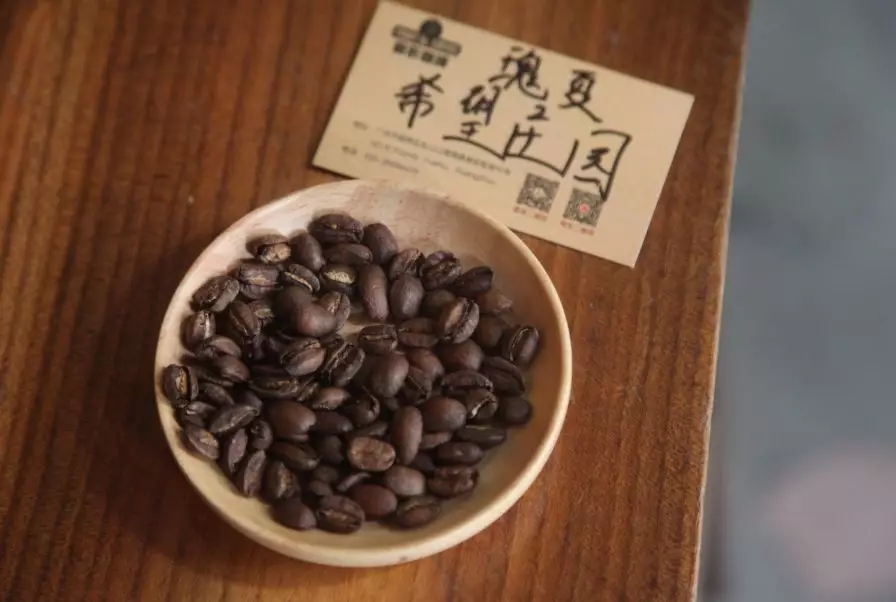
| | Huilan, Colombia
Huila, Narino and Tolima in southwestern Colombia are all producers of fine coffee, and almost all the top 10 Colombian coffee competitors come from these three producing areas, and they are also dominated by small coffee farmers with small yields and small farming areas.
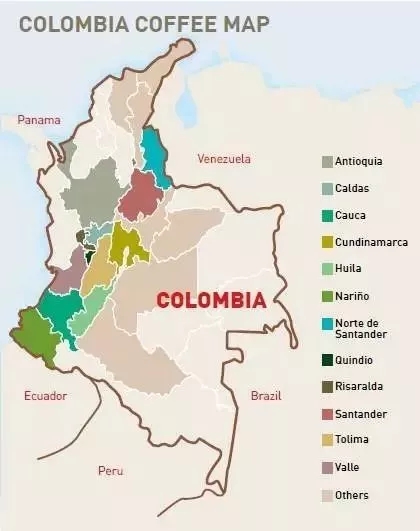
Huilan province is located in western Colombia, where the Andes form a narrow canyon, where coffee grows on the slopes, and it is also a well-known coffee-producing area in Colombia.
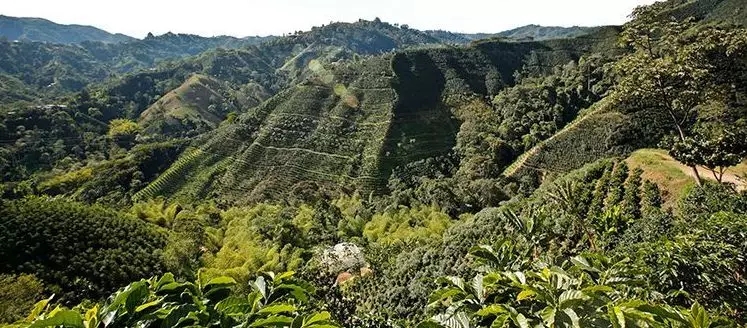
Coffee in Huilan Province has a well-balanced and warm flavor because of its rich volcanic soil, moderate rainfall and high-altitude microclimate. It is mostly produced by small farmers, and about 80% of the producers in the region grow coffee on less than 3 hectares of land. Because most of the work is taken care of by small farmers themselves, the labour force is rarely outsourced, so farms can be managed more thoroughly and intensively and coffee beans can be processed.
| | Hope Manor (La Esperanza)
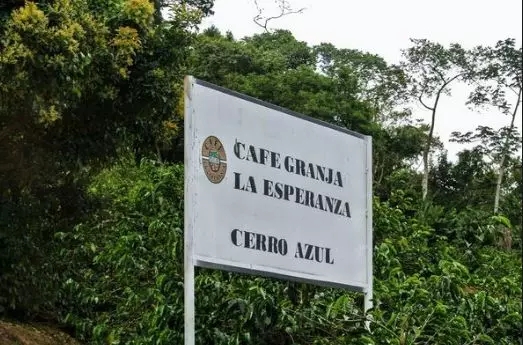
Hope La Esperanza is located in the Huila producing area. It is not a coffee farm belonging to individuals or families, but a collection of several coffee farmers to sell under the name Hope Manor.
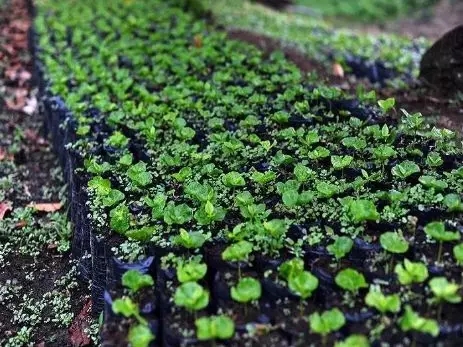
Hope Manor is located in the forest of 1400-1650 meters above sea level, harvesting fully mature coffee beans by hand. Coffee farmers adhere to a good planting environment and perseverance to control the quality of raw coffee beans. It is the winner of the 2007 Colombian coffee competition. In 2008, it also won 9th and 12th and 14th (different coffee growers). In November 2008, it was awarded a high score of 93 by American coffee guru Kenneth Davids (author of coffee review and coffee baking). It is the top manor in Colombia.
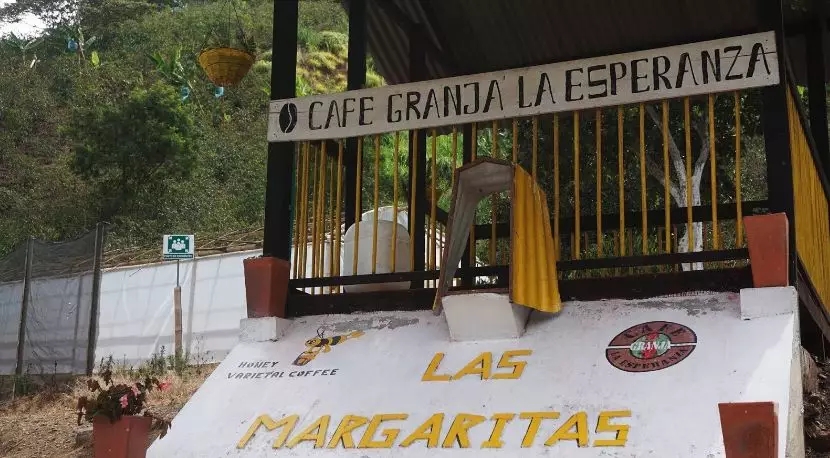
Hope Manor has four estates (Esperanza, Las Margaritas, Cerro Azul and Potosi). Won the Best of Panama Best Panama Champion (2008) and runner-up (2009). 2012 even arranged the 2nd, 3rd and 7th seats in the top ten of SCAA Coffee of the Year with three products. In GFA (Good Food Award), Hope Manor has also become the only award-winning estate outside Ethiopia, Kenya and Panama.
| | handling method |
This bean is washed.
Screening coffee cherries-removing pulp-fermentation-washing-drying-shelling
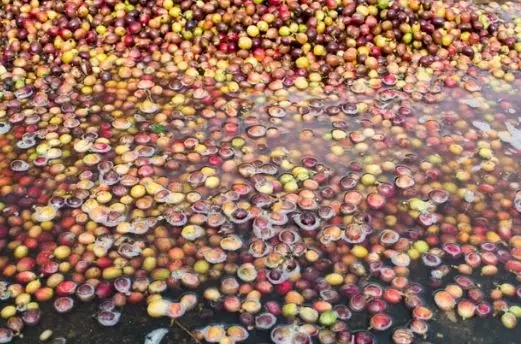
Put the selected coffee cherry into the peeling machine and initially remove its skin and pulp; put the coffee beans with residual pectin into water and let them ferment for about 24 hours; after fermentation, wash the coffee beans with parchment in a flow tank to remove their pulp and pectin; dry the coffee beans after cleaning or dry them with the help of a dryer to reduce the moisture content to about 12%. Finally, remove the parchment of raw coffee beans.
| | Raw beans |
The variety of this bean is rose summer seed. Rosa coffee is the original species of Arabica, particularly picky about the growing environment, requiring high altitude, cloud shade, fertile soil and enough accumulated temperature.
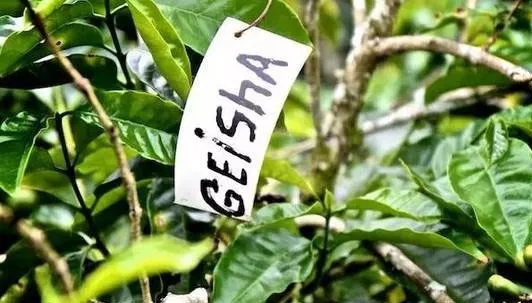
The species of Geisha was discovered in the rose forests of Ethiopia in 1931 and was later sent to the Coffee Institute in Kenya. Introduced to Uganda and Tanzania in 1936 and introduced to Costa Rica in 1953.
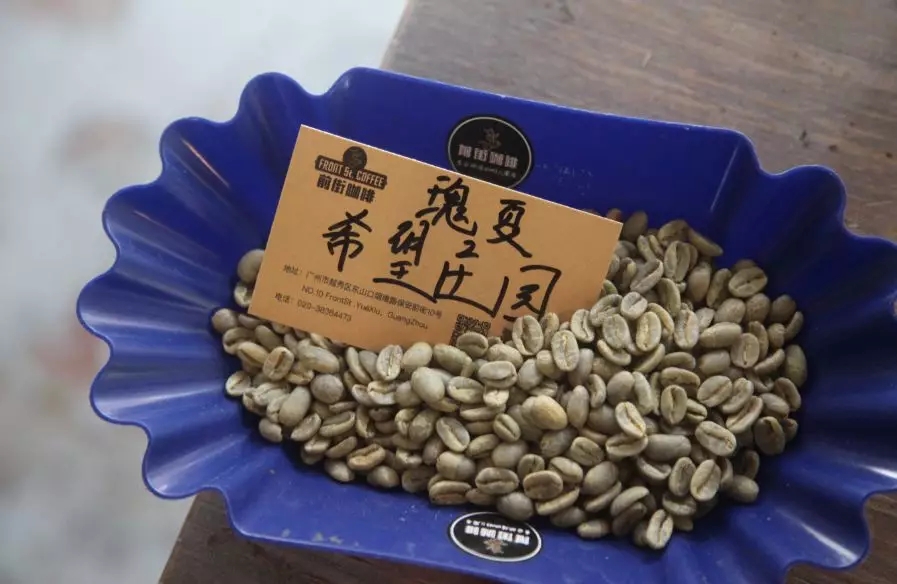
Raw beans look beautiful turquoise and smell obvious aromas of fermented fruit and oranges.
| | Baking analysis |
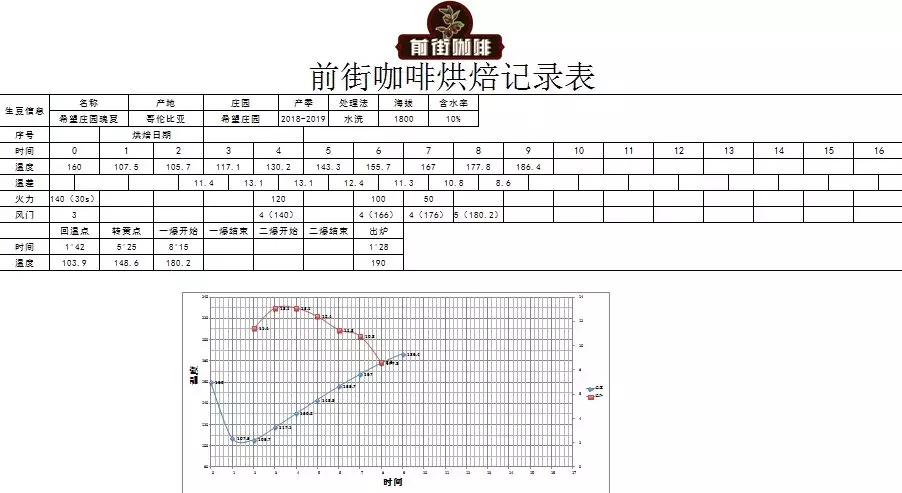
Roaster Yangjia 800N (baking capacity 300g)
Enter the pot when the furnace temperature is 160 degrees Celsius, adjust the firepower to 140C after opening the throttle for 30 seconds, the throttle remains unchanged, adjust the firepower to 120C at 140℃, open the throttle to 4; at this time, the bean watch turns yellow, the smell of grass disappears completely, enter the dehydration stage, when the furnace temperature reaches 166℃, the firepower is adjusted to 110C, the throttle remains unchanged.
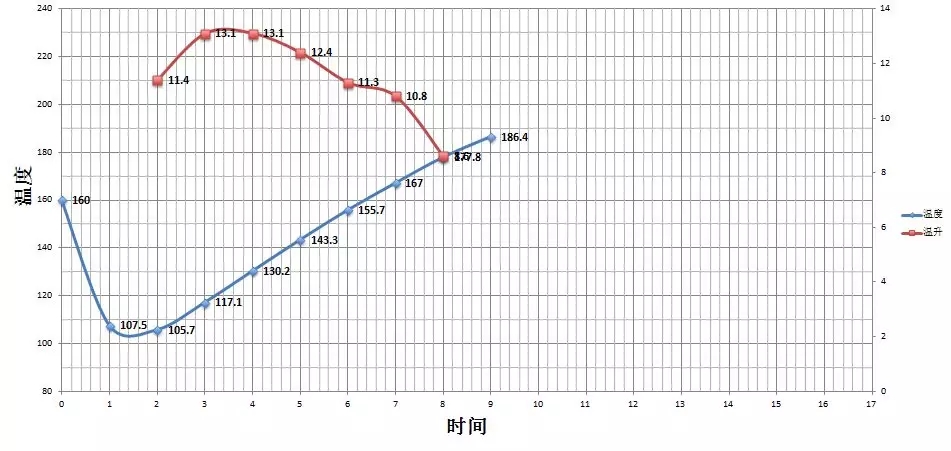
The smell of toasted bread has obviously changed to the smell of coffee, which can be defined as a prelude to an explosion. At this time, it is necessary to listen clearly to the sound of the explosion point, to the sound of the explosion point, adjust the firepower to 50, adjust the throttle to 5 (the firepower should be very careful, and not be so small as to be free of bursting sound), and put the pot at 190 degrees after the development of the explosion.
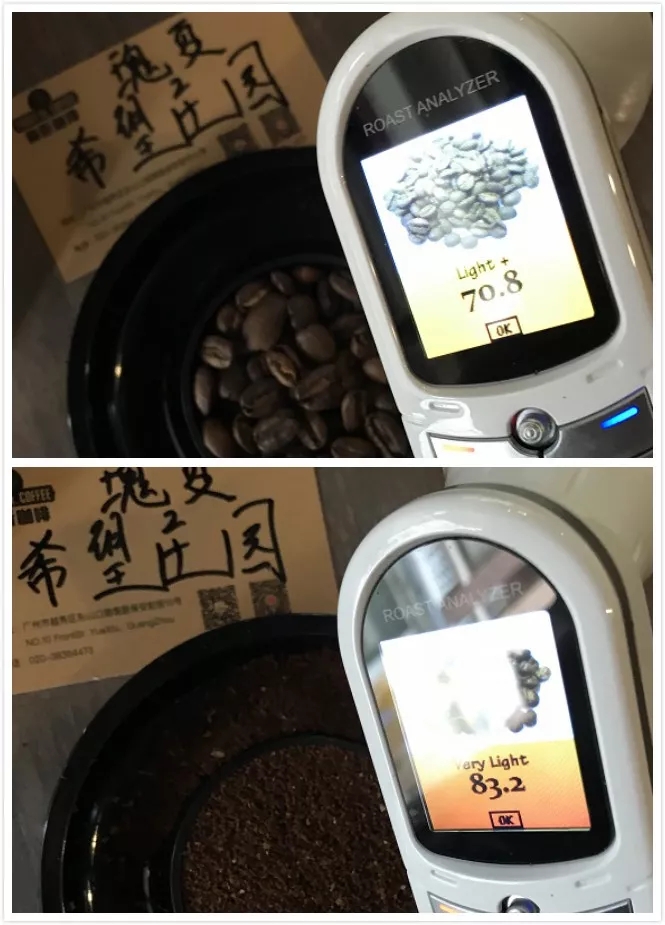
Agtron bean color value is 70.8 (above), Agtron pink value is 83.2 (bottom), Roast Delta value is 12.4.
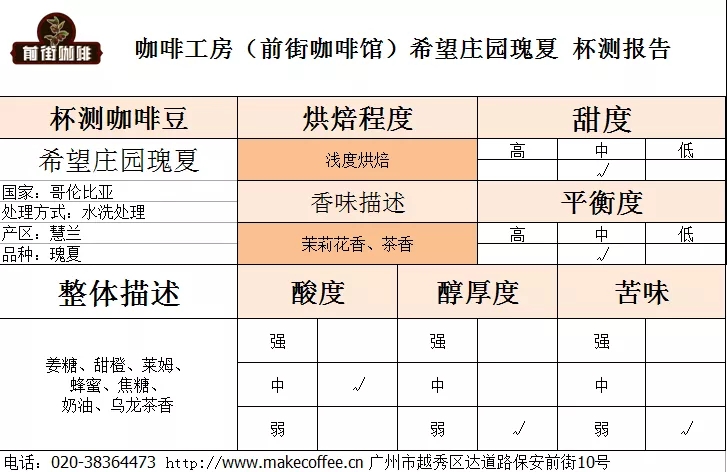
Cup test: it has the aroma of jasmine and a hint of tea, with sweet orange, lime, ginger, honey, cream and oolong tea when sipped.
| | Analysis of cooking |
Recommended cooking method: hand flushing
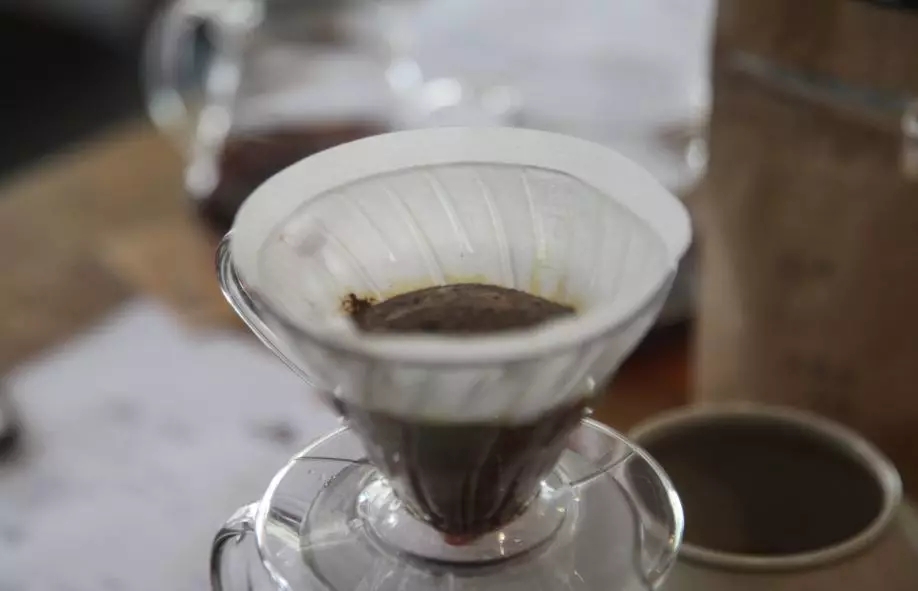
Filter cup: Hario V60
Water temperature: 90-92 ℃
Powder / water ratio: 1:15-1:16
Degree of grinding: BG 5R (pass rate of Chinese standard No. 20 screen 58%)
Cooking method: 30 grams of water steaming for 30 seconds, injection to 125 grams, and so on when the water level is about to expose the powder bed, continue to inject water to 225 grams, when the water level is about to expose the powder bed, remove the filter cup, (steaming starts) the extraction time is about two minutes.
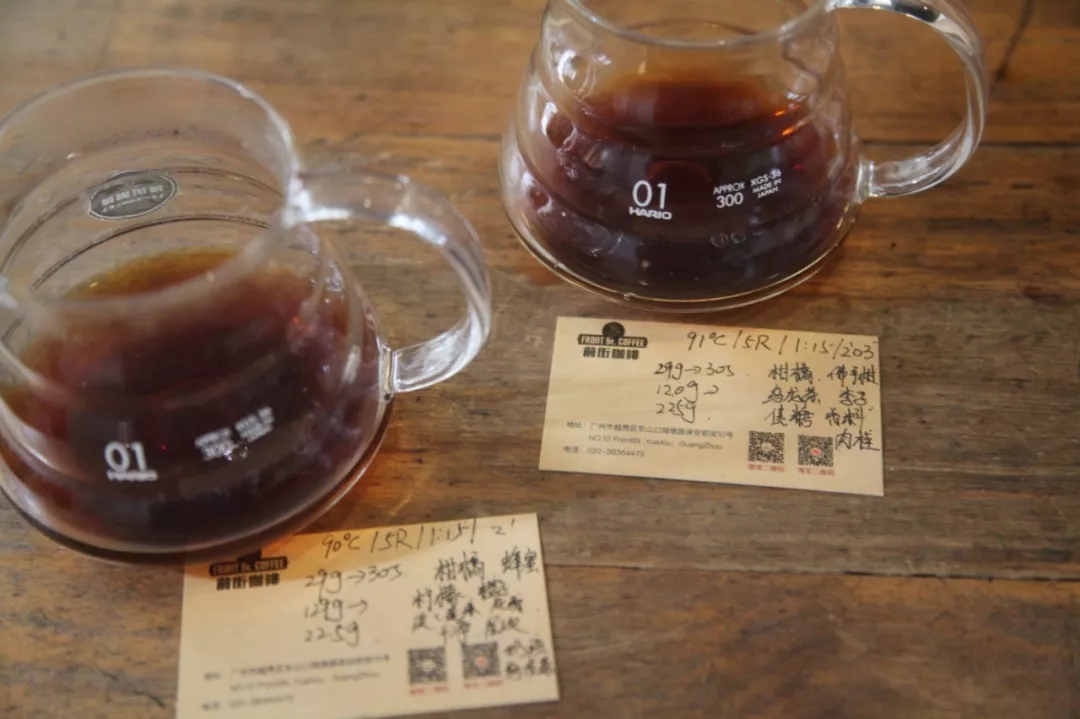
When cooked at a higher water temperature, this bean tastes sweet and tea, with sour notes of citrus, plum and bergamot, cinnamon and caramel in the middle, and oolong tea in the aftertaste. When cooked at a lower water temperature, the overall flavor of the bean is obvious. The entrance first feels a hint of flowers, as well as citrus, orange, lemon and slight sour notes of berries, and the middle begins to show the sweetness of cream and honey. the finish has a hint of oolong tea and sugar.
END
Important Notice :
前街咖啡 FrontStreet Coffee has moved to new addredd:
FrontStreet Coffee Address: 315,Donghua East Road,GuangZhou
Tel:020 38364473
- Prev
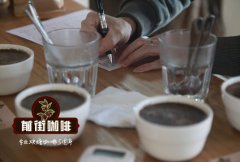
Introduction of Colombian Coffee treatment introduction of Colombian Black Sugar Girl Manor Coffee Flavor
Coffee workshop (official Wechat account cafe_style) Today Colombia is the world's third largest coffee producer and exporter, the world's largest exporter of Arabica coffee beans, and the world's largest exporter of washed coffee beans. Colombian coffee is a representative of Arabica coffee.
- Next
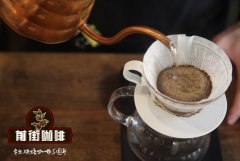
Elida Estate of Alida Manor in Panama introduces the flavor of Panamanian coffee.
Professional coffee knowledge exchange more coffee bean information please follow the coffee workshop (Wechat official account cafe_style) Panamanian coffee flavor moderate mellow taste and unique aroma although in the geographical location, Panama and Costa Rica, Colombia and other countries adjacent, but the Panamanian coffee aroma is very unique, balanced, rich, and has a light but sweet tame acidity, pure
Related
- Does Rose Summer choose Blue, Green or Red? Detailed explanation of Rose Summer Coffee plots and Classification in Panamanian Jade Manor
- What is the difference between the origin, producing area, processing plant, cooperative and manor of coffee beans?
- How fine does the espresso powder fit? how to grind the espresso?
- Sca coffee roasting degree color card coffee roasting degree 8 roasting color values what do you mean?
- The practice of lattes: how to make lattes at home
- Introduction to Indonesian Fine Coffee beans-- Java Coffee producing area of Indonesian Arabica Coffee
- How much will the flavor of light and medium roasted rose summer be expressed? What baking level is rose summer suitable for?
- Introduction to the characteristics of washing, sun-drying or wet-planing coffee commonly used in Mantenin, Indonesia
- Price characteristics of Arabica Coffee Bean Starbucks introduction to Manning Coffee Bean Taste producing area Variety Manor
- What is the authentic Yega flavor? What are the flavor characteristics of the really excellent Yejasuffi coffee beans?

